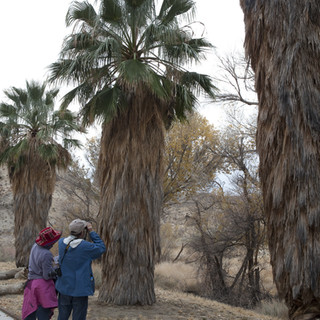Sand to Snow National Monument
- Shanghai Brown
.JPG/v1/fill/w_320,h_320/file.jpg)
- Jan 30, 2017
- 2 min read

With valuable preserves and habitat under increasing threat from development, President Obama signed a proclamation creating the Sand to Snow National Monument on February 11, 2016. The 154,000 acre national monument extends from Bureau of Land Management (BLM) lands on the floor of the Sonoran/Colorado Desert, up to over 10,000 feet in the mountains of the San Gorgonio Wilderness in the San Bernardino National Forest.
The diversity of lands and life within this monument is astounding. Sand to Snow provides protection for vital wildlife corridors, a wealth of biological diversity, cultural and historical resources (including an estimated 1,700 Native American petroglyphs), and breathtaking views. One of the most biodiverse areas in Southern California, the national monument hosts more than 240 species of birds and 12 threatened and endangered species of wildlife.
Visitors who journey up California's Route 62 into Morongo Valley, will find themselves surrounded by the Sand to Snow National Monument.
Recreationally, the San Gorgonio Wilderness in the national monument attracts more than 50,000 visitors annually - the number one visited wilderness area in Southern California. Sand to Snow also includes 30 miles of the 2,600-mile Pacific Crest Trail. The area is known for its "Nine Peaks Challenge," a seriously grueling 27 mile hike that gains over 8,300 feet in elevation across nine mountain peaks. Cross-country skiing is also popular in the San Gorgonio Mountains during winter months.
A number of preserves inside the boundaries of the Sand to Snow National Monument offer the best public access for hiking and birdwatching.
More Information:
Outside the national monument, but nearby: Pioneertown Mountains Preserve























































































Comments